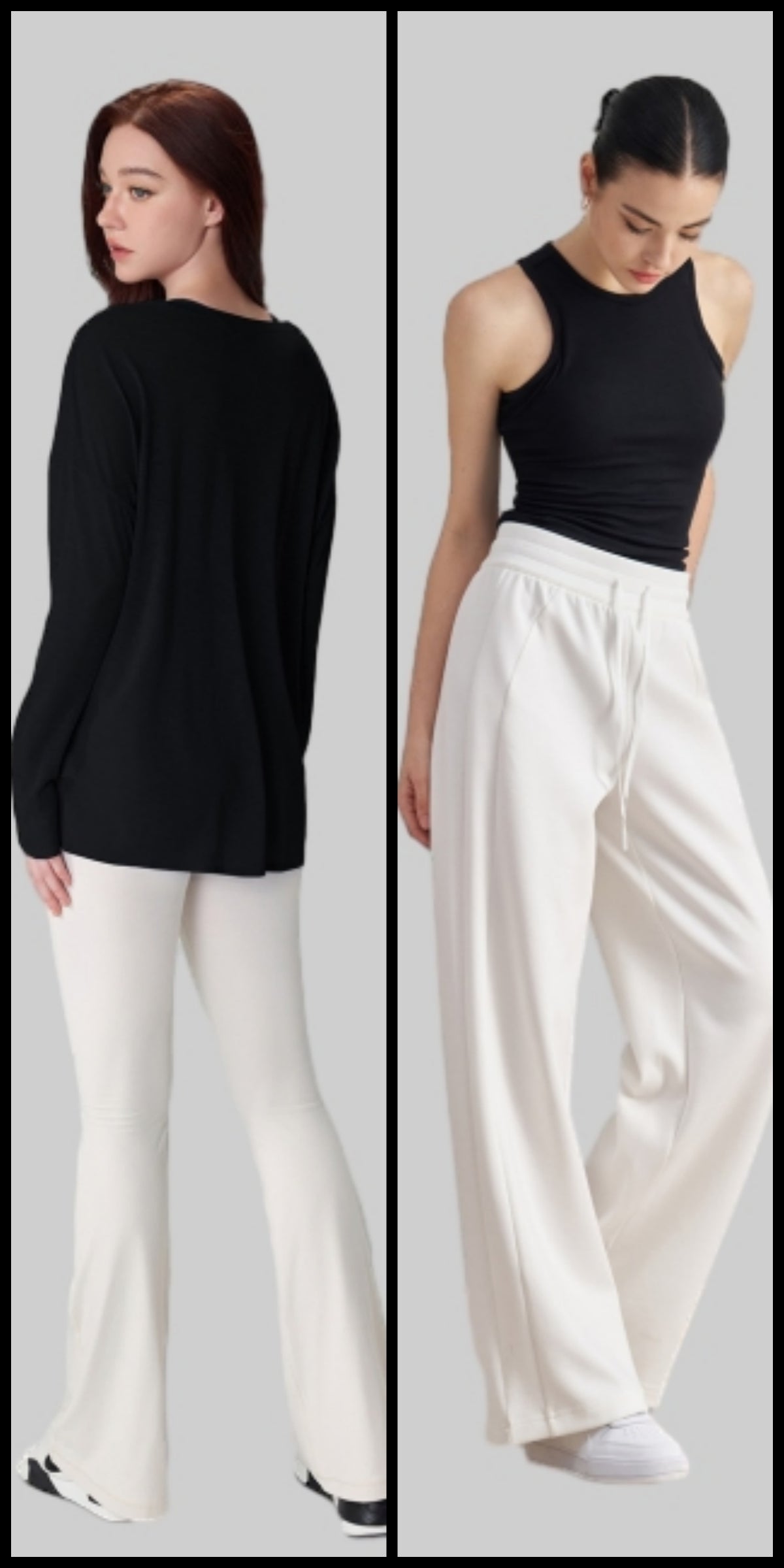The warm and well-matched use of winter yoga sports vests

Stay Warm and Flexible: Mastering Winter Yoga Tank Top Layering for Cold-Weather Workouts
Winter yoga doesn’t have to mean sacrificing mobility for warmth. A strategic approach to layering your tank top can keep you cozy without restricting movement. Here’s how to build a functional, adaptable outfit for chilly studios or outdoor sessions.
Base Layer Essentials: Thermal Insulation Without Bulk
Start with a lightweight, moisture-wicking tank as your foundation. Choose fabrics like merino wool or synthetic blends designed to trap heat close to the body while managing sweat. Avoid thick, stiff materials that limit range of motion—opt for seamless construction to prevent chafing during dynamic poses. A fitted silhouette ensures your base layer stays in place under additional clothing without bunching up.
For extra warmth, consider a tank with a brushed interior, which creates tiny air pockets that retain heat. If you’re prone to overheating, look for styles with mesh panels under the arms or along the spine to regulate temperature during intense flows.
Mid-Layer Strategies: Adding Warmth With Breathability
A mid-layer adds insulation without weighing you down. Opt for a long-sleeve rash guard or a lightweight fleece pullover that slides easily over your tank. Choose pieces with four-way stretch to maintain flexibility during inversions or backbends. Zippered fronts allow you to adjust ventilation mid-practice, while thumbholes keep sleeves in place and seal out drafts.
For outdoor yoga, prioritize wind-resistant materials that block cold air while still allowing moisture to escape. If your studio runs cold, layer a sleeveless vest over your tank—this targets core warmth without restricting arm movement. Avoid overly loose mid-layers, as they can create friction or shift during transitions.
Outer Layer Options: Protecting Against the Elements
When practicing outside, your outer layer should shield you from wind, rain, or snow while letting excess heat escape. A water-resistant softshell jacket or a hooded poncho works well for brief transitions between poses. Look for designs with adjustable hoods and cuffs to seal out drafts without trapping sweat.
For indoor sessions, a lightweight, open-front cardigan or shawl provides easy on-off access during relaxation poses. Choose materials like fleece or knit that add a touch of coziness without overheating. If you’re moving between heated and unheated spaces, pack a compact, packable jacket that folds into its own pocket for portability.
Accessorizing for Comfort: Hands, Head, and Extremities
Cold fingers and toes can disrupt your focus, so don’t overlook accessories. Fingerless gloves or arm warmers made from moisture-wicking fabric keep hands nimble while adding warmth. For feet, thermal socks with grippy soles prevent slipping on mats. If your studio has drafty floors, layer a microfleece blanket or yoga towel beneath your mat for insulation.
A headband or ear warmer made from soft, stretchy material protects ears from chill without causing headaches. Avoid scarves, as they can unravel or get caught during movement. Instead, opt for a high-neck tank or a turtleneck base layer to shield your throat from cold air.
By combining these layering techniques, you can create a winter yoga outfit that adapts to fluctuating temperatures while supporting your practice. Focus on materials that balance insulation and breathability, and prioritize pieces that move with you, not against you.


Leave a comment
All comments are moderated before being published.